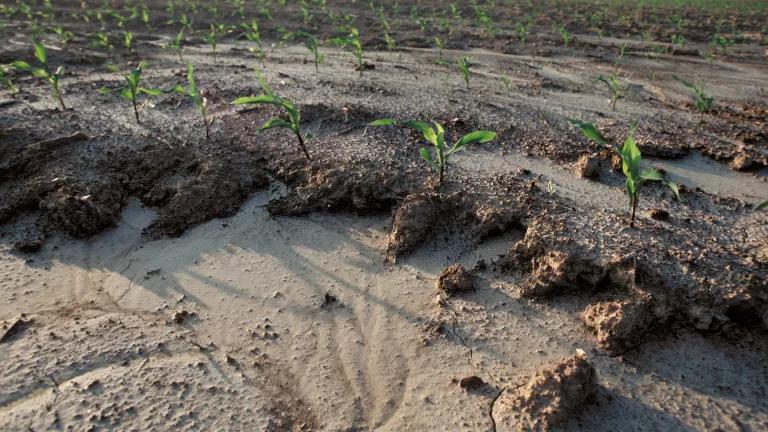Soil erosion is the process by which the topsoil layer is removed by natural forces such as wind, water, and ice, or through human activities like agriculture and deforestation. Topsoil is the most fertile layer of soil, containing essential nutrients and organic matter crucial for plant growth. The loss of topsoil leads to reduced soil fertility, decreased agricultural productivity, and adverse environmental impacts.
Causes of Soil Erosion
- Water Erosion: Occurs when rainwater or irrigation causes the soil to wash away. This can happen in the form of sheet erosion, rill erosion, or gully erosion.
- Wind Erosion: Happens in dry and bare areas where strong winds blow loose soil particles away.
- Human Activities: Practices such as deforestation, overgrazing, and improper agricultural techniques can exacerbate erosion.
Water Erosion
Water erosion is one of the most significant forms of soil erosion, where rainfall or irrigation leads to the removal of soil. This erosion can manifest as:
- Sheet Erosion: A uniform layer of soil is removed.
- Rill Erosion: Small channels form on the slope.
- Gully Erosion: Larger, more defined channels are created, leading to significant soil loss.

Water Erosion
Effects of Soil Erosion
- Loss of Fertile Topsoil: Leads to reduced crop yields and diminished soil quality.
- Water Pollution: Eroded soil can end up in water bodies, causing sedimentation and pollution.
- Desertification: Severe erosion can lead to the transformation of fertile land into desert-like conditions.
Preventing Soil Erosion with Mandako Equipment
Preventing soil erosion is crucial for maintaining soil health and agricultural productivity. Mandako offers a range of equipment designed to combat soil erosion effectively. Their innovative solutions, such as the Mandako Storm, help in soil conservation by minimizing disturbance and enhancing soil structure.
Mandako Storm: This versatile tool helps reduce erosion by effectively incorporating crop residues into the soil, which improves soil organic matter and structure. The Mandako Storm’s robust tillage capabilities ensure that the soil remains well-aerated and less prone to erosion.
Using Mandako equipment, farmers can adopt better soil management practices, such as conservation tillage, which helps in retaining topsoil and preventing erosion.
For more detailed information, you can visit the Iowa State University Extension and Outreach.

